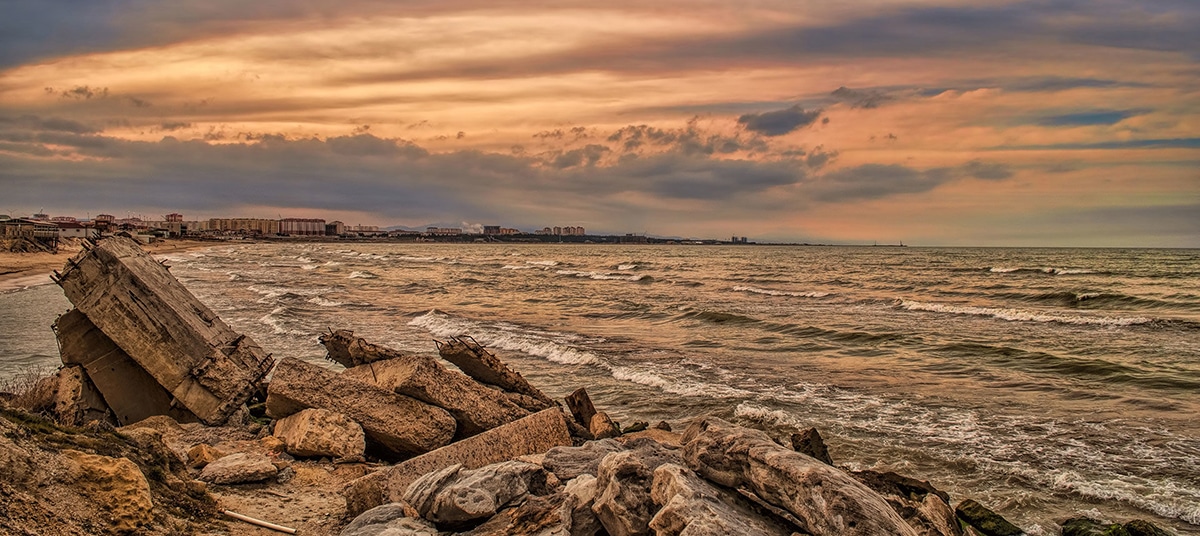
Between Europe and Asia there is a saltwater lake with a mysterious name: Caspian Sea. A really huge lake, the largest in the world, and his name always reminds me of gothic novels, vampire stories and ancient creatures.
Discovering the secrets of the Caspian Sea, today.
Caspian Sea
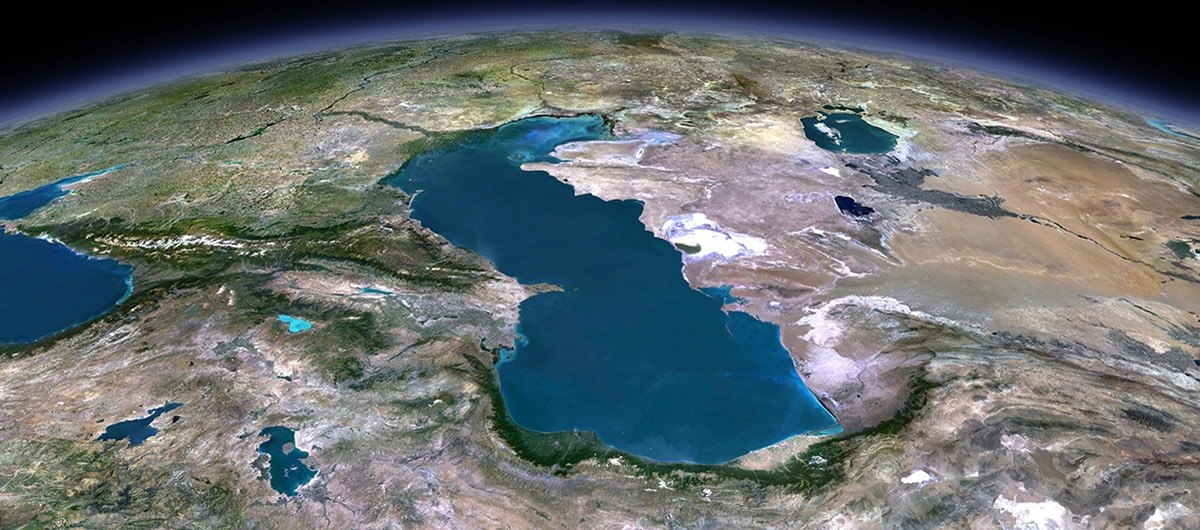
As we said before, it is the largest lake in the world, with 371 thousand square kilometers of surface and an average depth of 170 meters, although the maximum reaches almost a thousand meters. It is fed by the Volga River and other minor ones such as the Emba, the Ural River and the Kura.
It is called the Caspian Sea after an ancient people who lived in the area, the Caspians, and according to geologists the lake it is about 30 million years old and for at least five and a half million There is no exit to the sea. Of course, over time it has had various names and it was not until the XNUMXth and XNUMXth centuries that it began to be seriously studied by various sciences.
Then it became known that like the Dead Sea, the Caspian Sea is the legacy of the ancient Mar Paretetis. When she was left without access to the sea due to different tectonic movements, she was about to dry up. Today, thanks to the tributaries of the rivers, in part, to the north, it has fresh water. That's why today the salinity it has is barely a third of the ocean average.
Today the Caspian Sea it is the natural border of Russia, Iran, Azerbaijan, Turkmenistan and Kazakhstan. Its coast is very irregular, it has many gulfs, many islands (the largest is the Island of Ogurja Ada, 47 kilometers long), and the vast majority are uninhabited. Regardless of that, the islands are of geopolitical importance as they are oil reserve and those that are being exploited are not exempt from environmental damage.
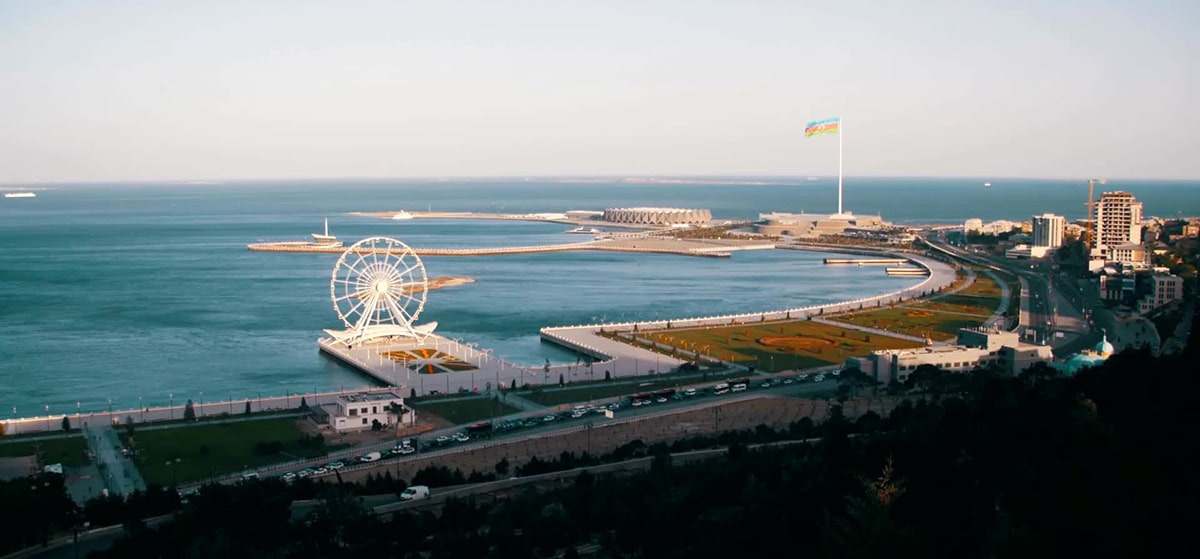
The Caspian Sea has 740 kilometers of coastline on Iran and 1894 in Azerbaijan, 815 in Russia, 800 in Kazakhstan and 1789 in Turkmenistan. It is a super important resource in the area, which also has an arid climate and therefore serves as an important energy transfer platform. Fishing is also important here. Every year, for example, 600 metric tons of fish are caught, especially sturgeons.
the caspian sea it is very famous for sturgeon caviar, the most expensive in the world: in the market it ranges between 7 and 10 thousand dollars per kilo. The Caspian provides 90% of the Beluga caviar on the market. The sturgeon is the third largest bone fish in the world, the largest in freshwater, and can live for 120 years. It is huge and fantastic. But well, that the Beluga is not the only emptying of the Caspian, we cannot forget the Astra caviar and the Sevruga that are also expensive and delicious.
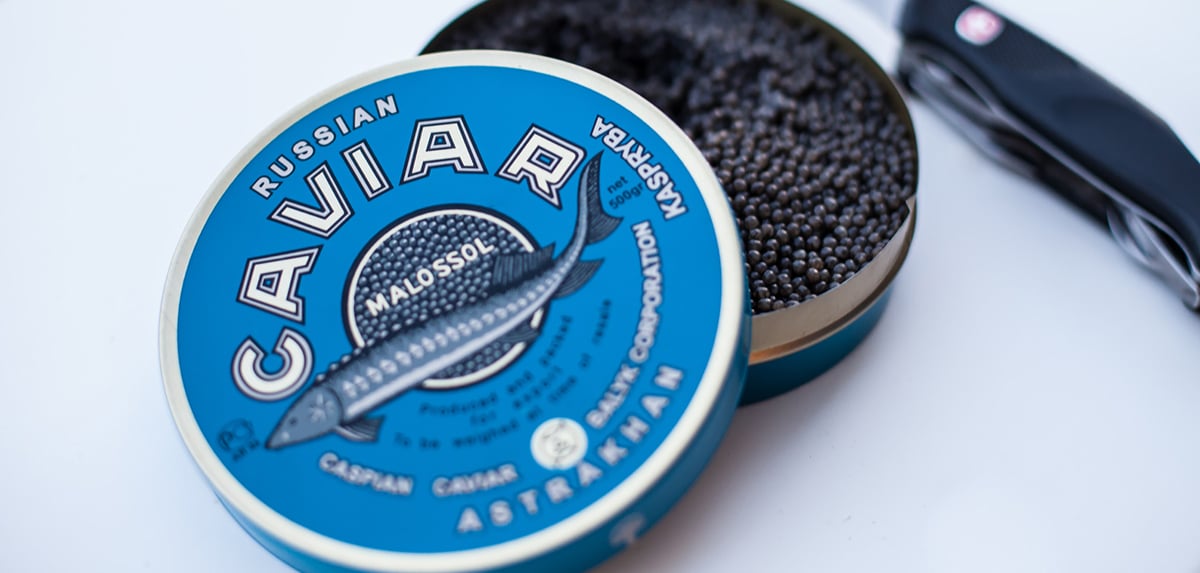
And there is no conflict in the area? Yeah, there have always been conflicts, But in 2018 a valuable agreement was signed, historical agreement, in fact, in which the Caspian Sea was given a special status: it is neither sea nor lake and its waters were divided in territorial waters, in areas of common use and fishing areas, and its seabed, extremely rich in natural resources (50 billion barrels of oil and millions more of gas), will be divided. Peace does not reign completely but the situation is better than before.
How is the weather around here? The northern Caspian Sea has a Continental weather moderately temperate, while the middle and southern part, where Iran, Azerbaijan and Turkemensitan are located, is warmer. The Southeast has some subtropical touch and the east coasts have a much warmer climate desert. This is where it rains the most.
Tourism in the Caspian Sea
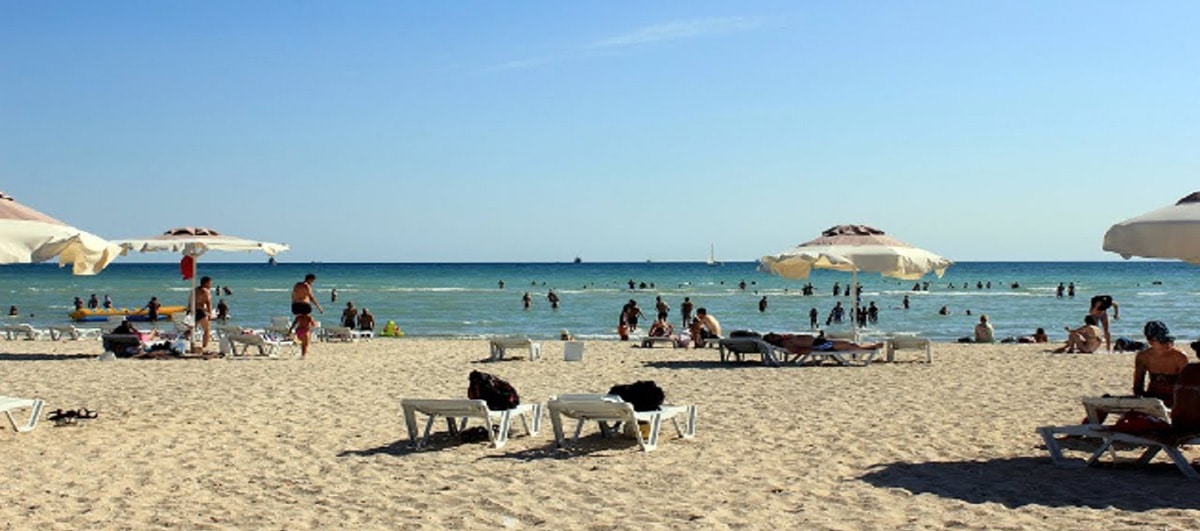
The truth is that so many decades of disputes between countries with a coast on the Caspian Sea have not facilitated the development of a very interesting industry for everyone: tourism. But The signing of the agreement in 2018 greatly improved the outlook in this regard and its waters are now open to tourism and luxury cruises.
Before the pandemic, in 2019, a new cruise ship named Peter the Great which would have 115 cabins with private balconies and 12 luxury suites. With capacity for 310 passengers, it would be a five-star floating hotel. There were supposed to be between one and two trips a week between the five countries bordering the Caspian.

It must be said, it is a super interesting option for cruise lovers who have already tired of cruises in the Caribbean or the Norwegian fjords or the Mediterranean Sea. the pandemic froze the project and today the situation is not easy. I was researching the issue of Caspian cruises and it is very difficult to find updated information. Let's say the topic moves little by little.
Yes I found that last year, Iran, through his tourism minister, announced that plans for the development of maritime tourism could be accelerated, associating fuel subsidiaries with shipping companies to reduce the cost of sea tickets and increase tourism in that sector, or investing more money in infrastructure development on the southern coasts of the country, not forgetting the north and diversifying the marine routes with the ambitious goal of attracting 20 million tourists per year by 2025.
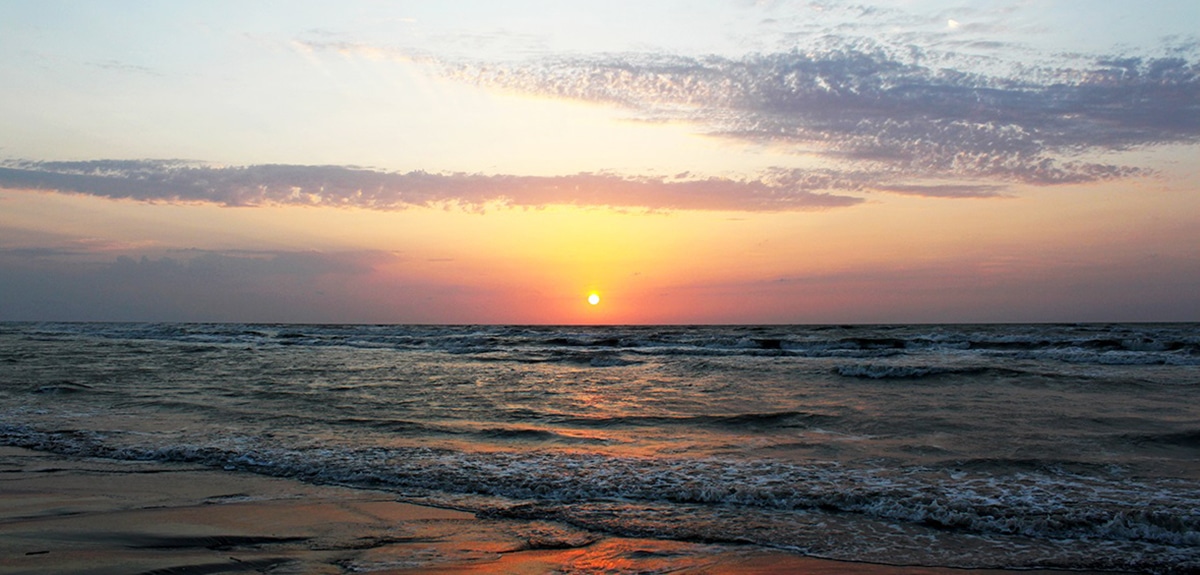
Some facts about the Caspian Sea
- The caspians They were a white-skinned tribe that inhabited the area since the second millennium BC. C to the Sassanid era.
- The book khotai namag, lost, is the oldest writing in which the name of the Caspian Sea appears, although it was then called the Gilan Sea.
- In the remote past, the Caspian Sea was part of the Parathetis Sea, which then connected the Pacific Ocean with the Atlantic. Gradually that connection was disappearing.
- the caspian sea it has seals.
- It is home to more than 400 species of fish, most of which is uncia and not found in other parts of the world except here.
- In Azeerbajan there are many beaches. On the Absheron Peninsula, for example, there are many resorts and numerous water sports are practiced. The high season is summer.
- The cglobal slowdown is accelerating evaporation from the waters of the Caspian Sea.
- After the Persian Gulf and Siberia, the Caspian Sea is the third largest offshore and subsea gas reserves in the world.
- the caspian sea is below sea level. It only has between 16 and 28 meters of altitude.
- Although the Volga is its most important tributary counting all, large and small, it has 130 rivers that feed it.
- The Caspian coast on Iran is the most touristic area of the country.
- Approximately 4% of oil and gas reserves They are in the Caspian Sea.
- By year around 122 thousand tons of pollution are extracted of the waters produced by the extraction of oil.